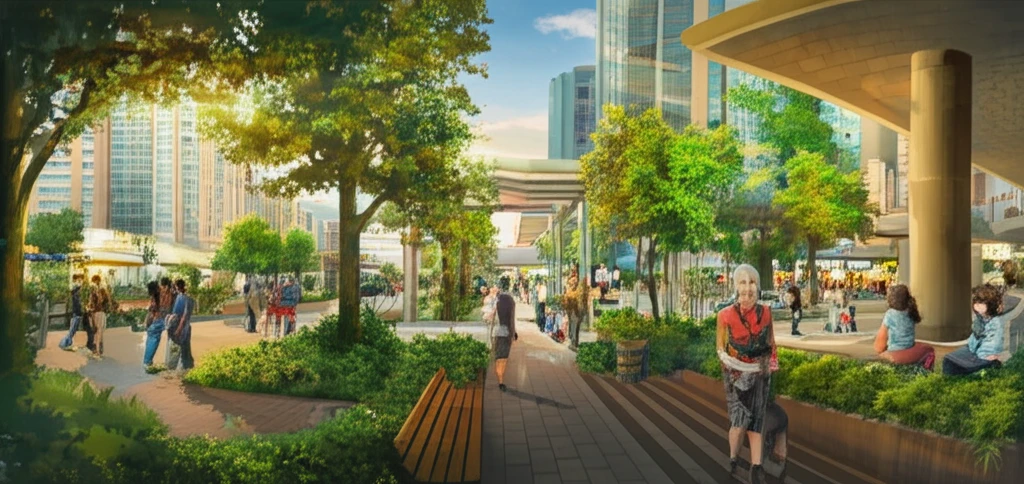
Walk This Way: Reimagining Pedestrian Spaces for a Healthier, More Connected City
"A Deep Dive into the Factors Shaping Urban Walkability and How to Prioritize Pedestrian-Friendly Design"
In an increasingly urbanized world, the humble pedestrian plays a pivotal yet often overlooked role. More than just a basic mode of transport, walking is the connective tissue that binds urban life, directly linking residents to their environment and community. These pedestrian-centric areas, or "pedestrian mobility environments," are crucial for fostering vibrant, healthy, and accessible cities.
Understanding the factors that encourage walking is essential for urban planners and designers. By delving into the elements of the built environment that resonate with pedestrians, we can enhance the quality of pedestrian mobility, improve accessibility to key urban hubs, and ultimately, create more livable spaces.
This article explores the multifaceted world of pedestrian mobility, drawing from specialized research to identify the key approaches, factors, and considerations that influence walking as a preferred mode of transportation. By understanding these elements, we can pave the way for urban environments that prioritize the needs and experiences of pedestrians.
Decoding the DNA of Walkable Spaces: Key Factors and Considerations

The concept of "pedestrian-friendly environments" hinges on creating spaces where walking is not only viable but also desirable. Factors influencing this include elements along the streets, their physical characteristics, and how these aspects collectively encourage or discourage pedestrian activity. A comprehensive understanding of these elements is vital for effective urban planning.
- Safety First: Ensuring pedestrian safety through well-designed crossings, traffic calming measures, and adequate lighting.
- Comfort is Key: Providing comfortable walking environments with shade, seating, and protection from the elements.
- Aesthetics Matter: Creating visually appealing streetscapes with greenery, public art, and attractive building facades.
- Connectivity and Convenience: Linking key destinations with direct, well-maintained pedestrian routes.
Towards a Holistic Vision of Pedestrian-Centered Urban Design
The analysis reveals an evolution from specific, deterministic approaches to more holistic and integrated models in pedestrian studies. This shift underscores the need for integrated approaches that capture the complexity of pedestrian behavior. By carefully considering the interplay of various factors, urban planners can create environments that prioritize pedestrians, encourage walking, and contribute to healthier, more connected communities. Future research should continue to refine methodologies and explore the perceptions of pedestrians within specific local contexts to further enhance our understanding of walkability.
